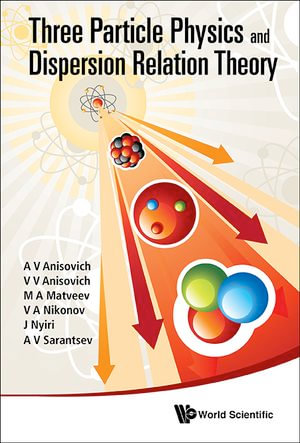
eTEXT
Three-Particle Physics and Dispersion Relation Theory
By: A V Anisovich, Vladimir Vladislavovich Anisovich, M A Matveev, V A Nikonov, A V Sarants
eText | 25 March 2013
At a Glance
eText
$62.70
or
Instant online reading in your Booktopia eTextbook Library *
Read online on
Desktop
Tablet
Mobile
Not downloadable to your eReader or an app
Why choose an eTextbook?
Instant Access *
Purchase and read your book immediately
Read Aloud
Listen and follow along as Bookshelf reads to you
Study Tools
Built-in study tools like highlights and more
* eTextbooks are not downloadable to your eReader or an app and can be accessed via web browsers only. You must be connected to the internet and have no technical issues with your device or browser that could prevent the eTextbook from operating.
ISBN: 9789814478823
ISBN-10: 9814478822
Published: 25th March 2013
Format: ePUB
Language: English
Number of Pages: 344
Publisher: World Scientific Publishing























